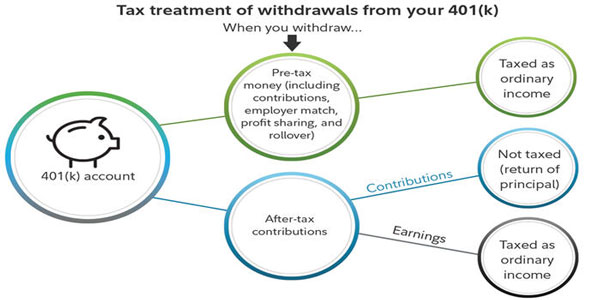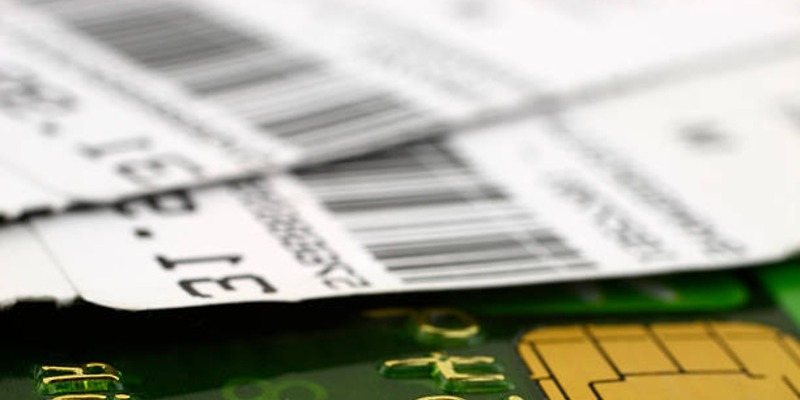Introduction
The amendments to the federal tax code that permit qualified withdrawals from 529 plans to pay for private high school and elementary school tuition apply to the entire United States. This means the federal tax treatment of 529 plans has shifted due to the 2018 tax legislation. This provision allows families to use up to $10,000 annually, per child, from a 529 plan to help pay for a private school in grades K-12. For federal income tax purposes, contributions are still not deductible; however, withdrawals used to pay for qualified higher education expenses or K-12 tuition are exempt from taxation.
529 Plan Rules
The 529 Plan, primarily used for education savings, offers several benefits and rules which are important to understand. Notably, there is a special provision for K-12 tuition: you can withdraw up to $10,000 per year tax-free for this purpose. However, all other standard provisions of the 529 Plan remain unchanged.
It's important to note that the federal government does not allow tax deductions for annual contributions to a 529 Plan, although many states offer tax benefits for contributions. Any withdrawals from a 529 Plan for K-12 education that exceed $10,000 in a year, or any withdrawals used for ineligible expenses, will be subject to income tax and a 10% penalty on the earnings portion of the withdrawal.
Regarding gift taxation, contributions to a 529 Plan that exceed the IRS annual gift tax exclusion, which currently stands at $16,000 for individuals and $32,000 for couples, are potentially subject to federal gift tax. However, the 529 Plan offers a unique gifting feature: you can contribute a lump sum of up to $80,000 per individual or $160,000 per couple in a single year, and elect to spread this contribution over five years for gift tax purposes. This means the contribution is treated as if it were made evenly over five years, which can help avoid gift taxes and reduce the size of your taxable estate.
This larger upfront contribution, if the donor survives for five years, will not be considered part of the donor’s estate for estate tax purposes, making it a strategic tool for estate planning and reducing potential estate taxes by preemptively moving a substantial amount of assets out of the donor’s estate.

Federal Tax Benefits
When money is taken out of a 529 plan and used for eligible education costs, neither the earnings growth nor the withdrawals are taxed. Qualified expenses were previously defined as only those connected with enrollment or attendance at a college, university, or other recognized postsecondary institution. Withdrawals for K-12 education costs up to $10,000 can now be made without penalty.
Private School Tuition Might be a State Tax Deduction
A tax credit or deduction is available for contributions to a 529 plan in more than 30 states. Families in Arizona, Kansas, Minnesota, Missouri, Montana, and Pennsylvania can take advantage of a tax deduction for contributions to any state's 529 plan. In contrast, residents must use their home state's plan in most other states. State limits are set for maximum deductions and credits.
Follow the 529 Withdrawal Rules Scrupulously
Adhering strictly to your 529 plan's guidelines is essential if you want to keep fees and taxes to a minimum. The general structure of a 529 plan is consistent across the country, but there may be minor variations in the details depending on where you live. That's why it's so important to play by the book, especially when making withdrawals. However, the rules have evolved over the past few years, increasing the occasions on which tax-free withdrawals are permitted. Earnings in a 529 plan are free from federal income tax "if distributed to a qualified educational institution and used for the qualified education expenses of the designated beneficiary," as defined by the Internal Revenue Service.
Parents Can Get Paid Too
Although 529 plans are most often used to reimburse students for eligible expenses, parents can also receive reimbursement in some cases. Indeed, this is yet another advantage of having a 529 plan. However, parents should take careful notes of their child's development. To have a distribution sent to a parent for qualified expenses paid for outside of a 529 plan, one must fill out a withdrawal form. But keep track of all of your receipts for those miscellaneous expenditures, and submit them with your distribution form.
Are Qualified Distributions for K-12 Tuition Expenses Taxable?
The federal government and the state of Maryland do not tax-qualified distributions used to pay for elementary, middle, and high school education. Since the tax treatment of K-12 distributions varies by state, you or your Beneficiary may be required to file and pay state income tax on the money received if you don't currently reside in Maryland. If you need help figuring out your taxes, talk to an expert.

Conclusion
You can use the money in your 529 plan for anything from elementary school to high school at a private school. Taxes on withdrawals are required or optional, depending on your financial situation and the state in which you reside. If you can afford college expenses on your own and can't name a different family member as the plan's Beneficiary, this may be a good option to consider.











